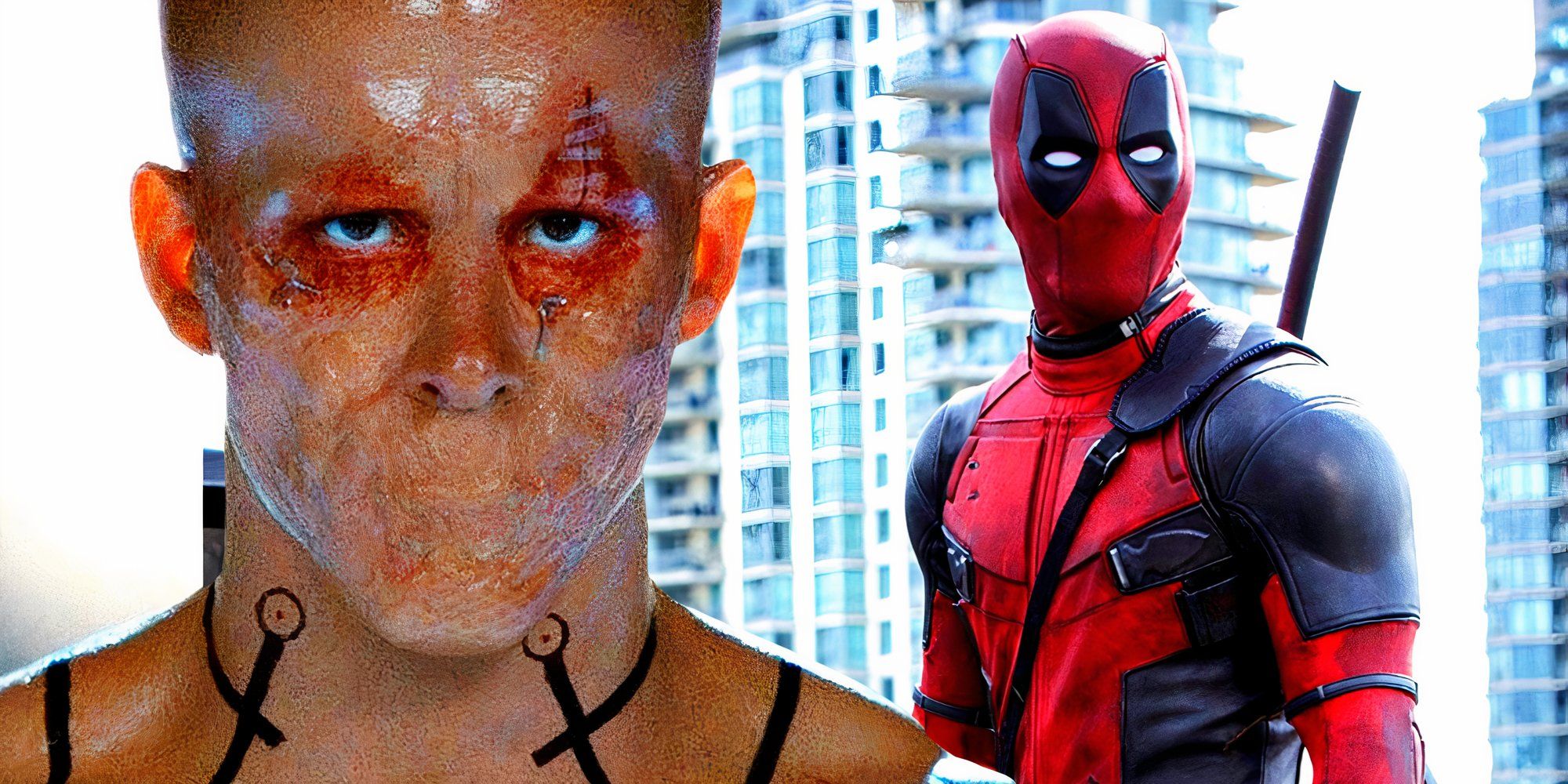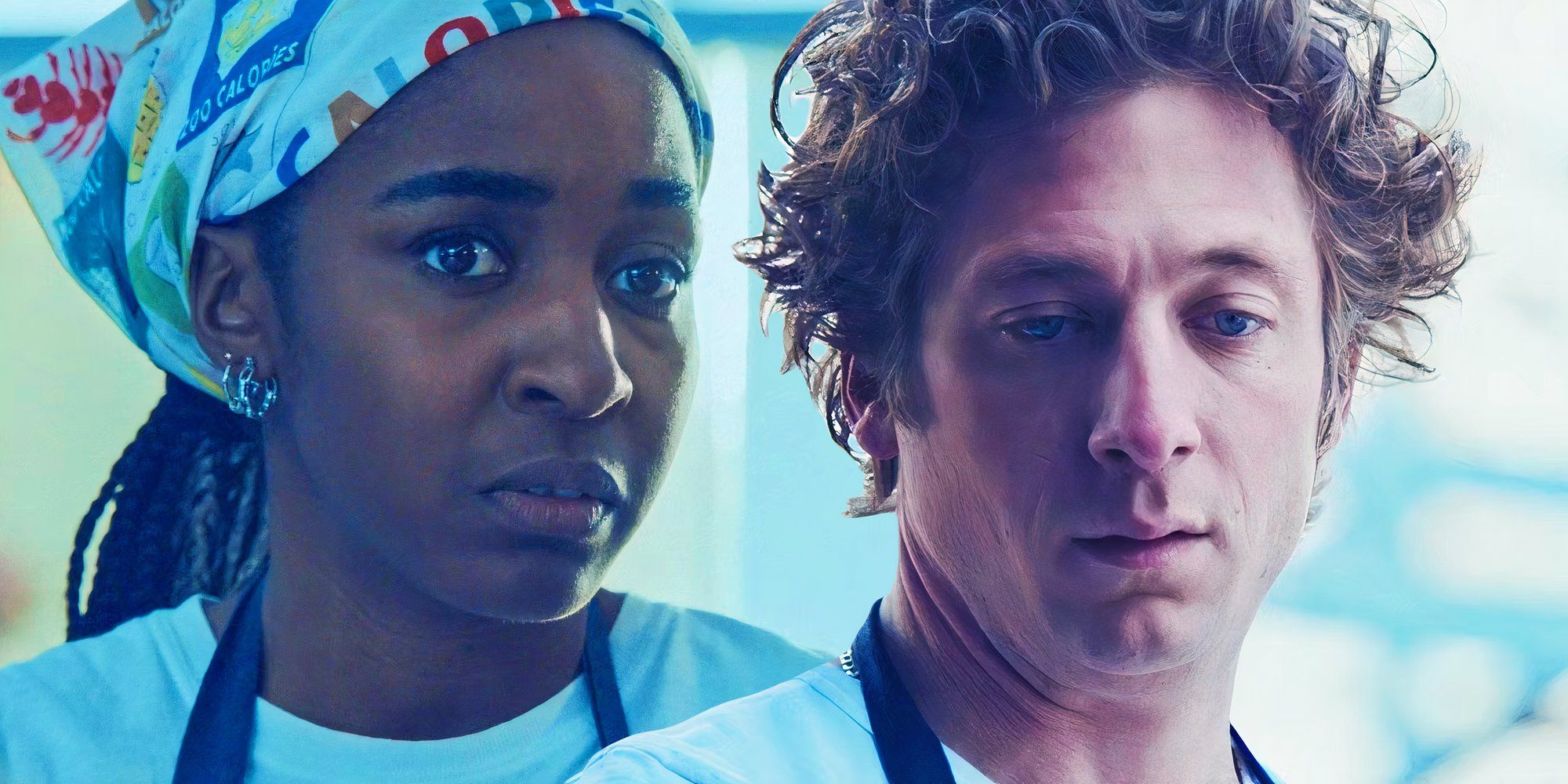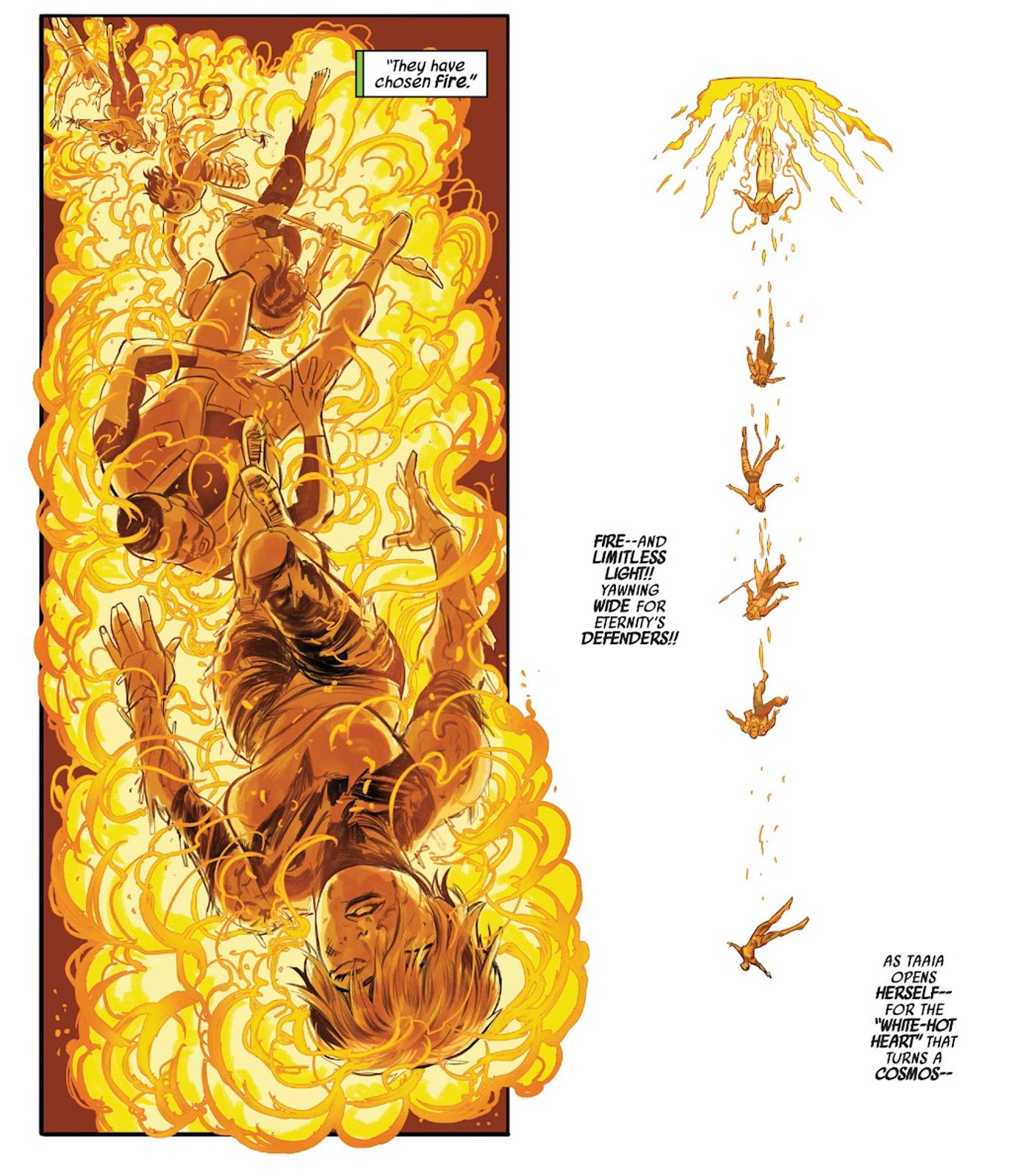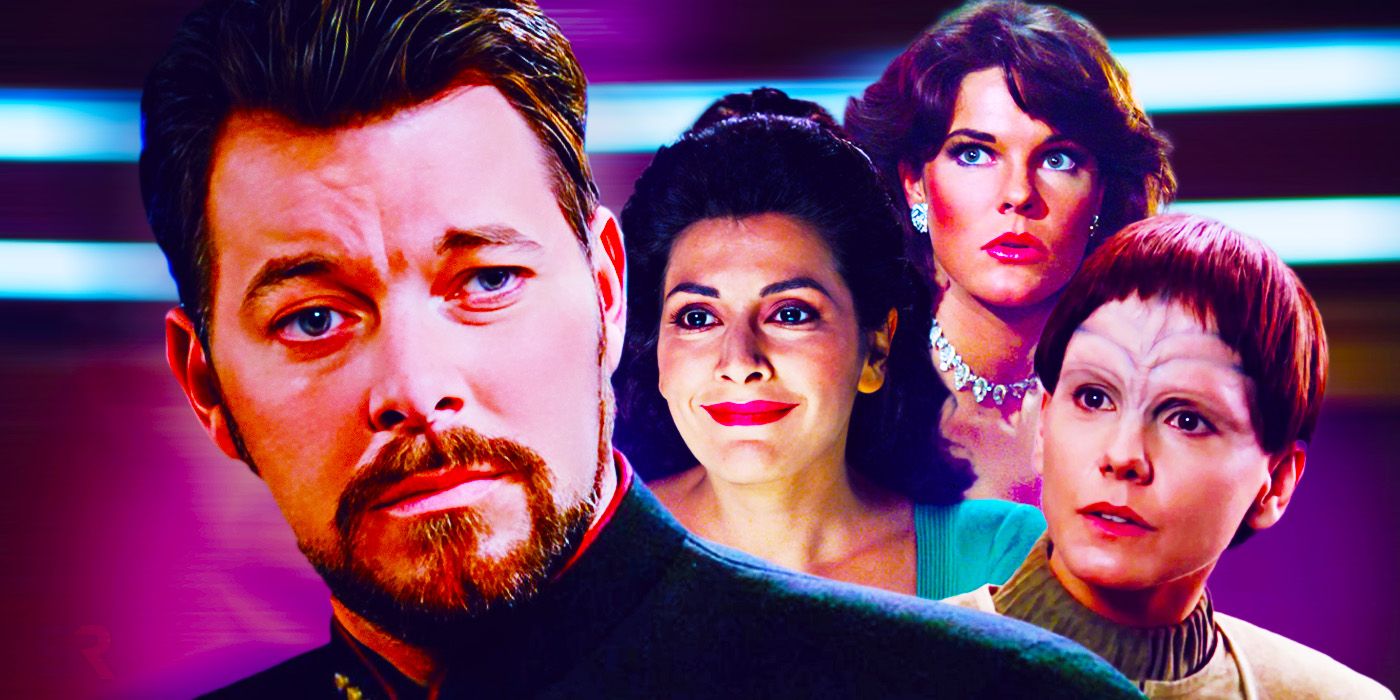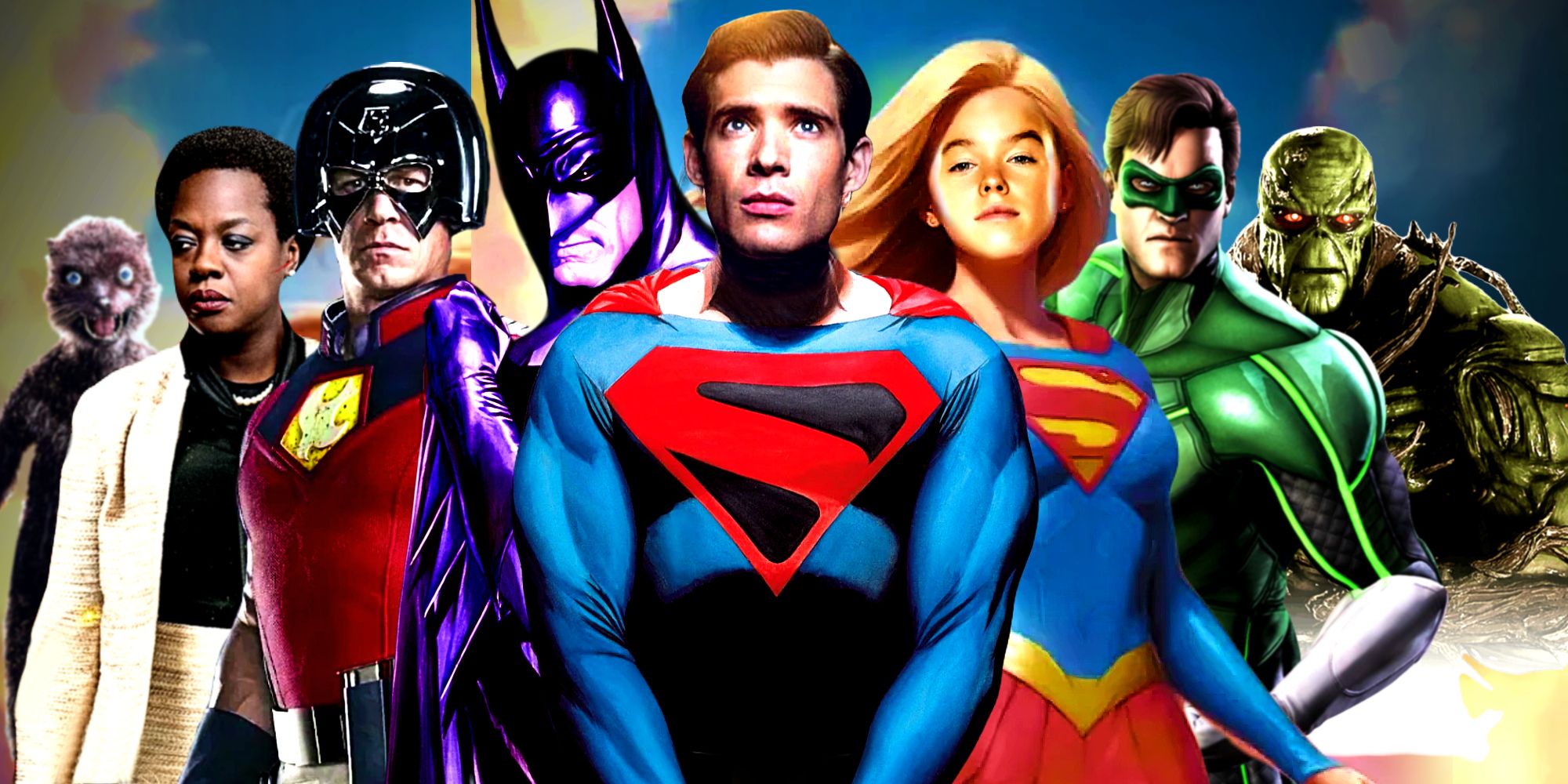Tolkien is a dramatized account of the true story of J.R.R. Tolkien, linguist and writer most famous for The Hobbit and The Lord of the Rings – but how accurate is it to real life, and what happened next? Every biopic has to strike a careful balance between truth and fiction. On the one hand, a filmmaker wants to create as accurate a representation of a historical figure as possible; on the other, life is not made to be a movie, and as a result the story inevitably needs to be adapted to create a cohesive, dramatic narrative.
In the case of Tolkien, director Dome Karukoski had hoped to step away from biopics after Tom of Finland. He was drawn into Tolkien in spite of himself, due in part to his childhood love of Tolkien’s fantasy books, and to a strong script that he felt gripped him. The narrative stresses the link between Tolkien’s Middle-earth and his experience of the Battle of the Somme, and uses this as a launchpad to explore the writer’s painful history.
But while all that’s rooted in the truth, the movie takes several liberties, changing up events or downplaying key moments from Tolkien’s story. What’s more, with the film ending just as Tolkien first writers “In a hole in the ground, there lived a hobbit,” there’s clearly a lot more that happened after.
J.R.R. Tolkien’s Childhood Is Mostly Accurate (But Birmingham Wasn’t That Bleak)
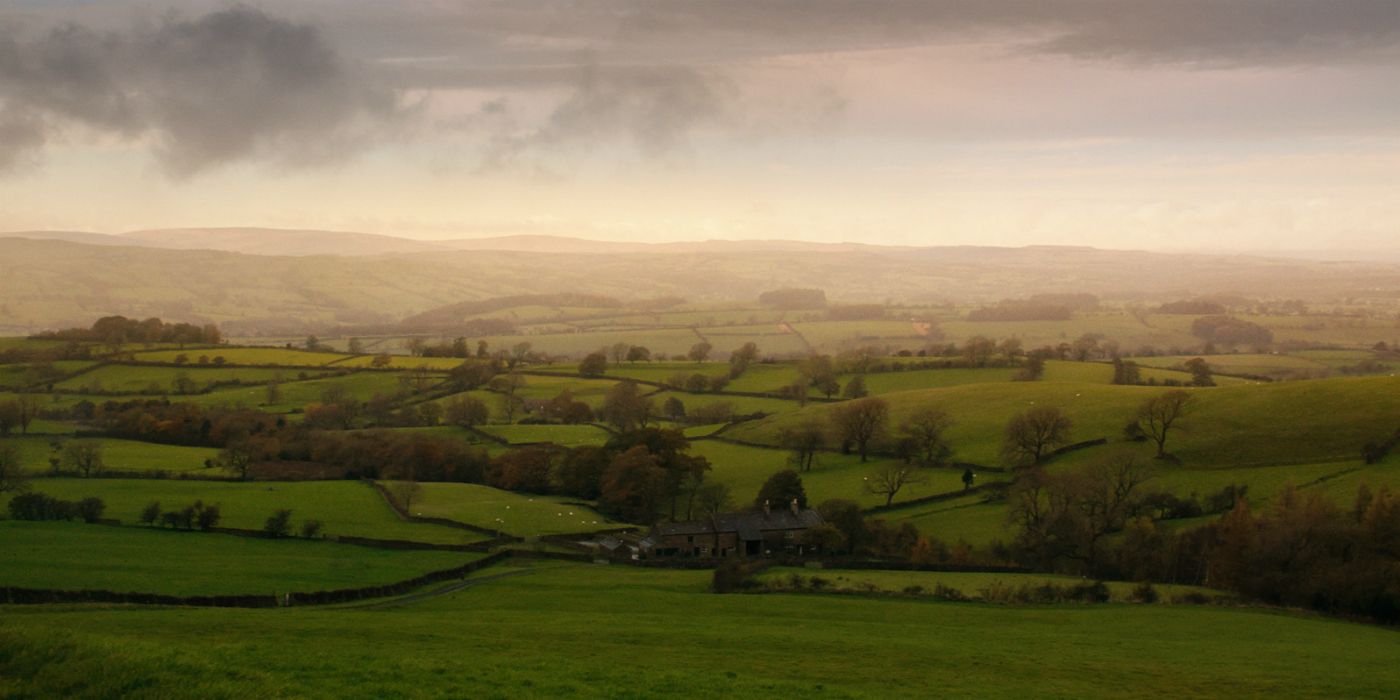
The beginning of Tolkien is pretty much historically accurate, albeit dramatized ever so slightly. John Ronald Reuel Tolkien was born in 1892, the son of Arthur and Mabel Tolkien. Although the film doesn’t stress it much, Tolkien was born in the Orange Free State in Africa; Arthur was a bank manager, and had been promoted to head the Bloemfontein office. When he was just three years old, Tolkien and his younger brother Hilary traveled with their mother back to England on what was supposed to just be a lengthy visit to their family. Tragically, Tolkien’s father contracted rheumatic fever and died before he could join them. The Tolkien family, heartbroken and bereft, moved to Worcestershire. The Shire was very much the world Tolkien grew up in, the rural English environment where Tolkien’s imagination first began to flourish. Until, as in the film, further tragedy struck and Tolkien’s mother passed away.
Mabel Tolkien had become a professing Catholic in 1900, to the horror of the wider family, who cut off all ties. As a result, after the death of his mother, Tolkien had only the Catholic Church. Guardianship was assumed by Mabel’s friend Father Francis Xavier Morgan of the Birmingham Oratory, and Tolkien moved to Edgbaston, where he was given rooms at Mrs. Faulkner’s boarding house. Although Birmingham wasn’t quite so bleak as the film paints it, the reality is that to the young J.R.R. Tolkien the city was a vision of Hell. It probably did inspire some elements of Mordor, and some scholars even believe Edgbaston Tower was the inspiration for the Dark Tower itself.
Tolkien’s Relationship with Edith Bratt Had A Different Happy Ending
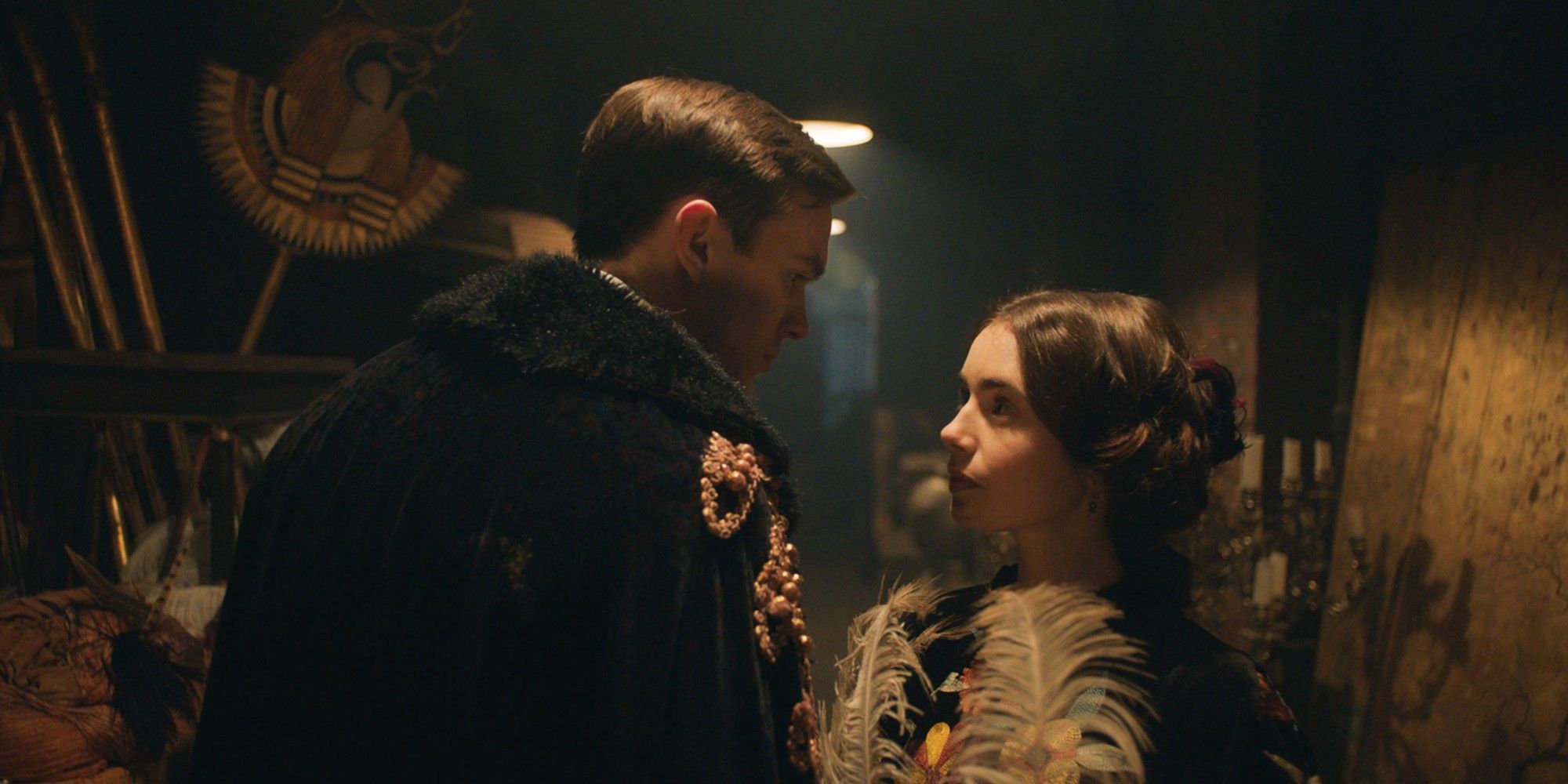
Although J.R.R. Tolkien was not alone, he was a very lonely boy, and as a result he couldn’t help but connect with his fellow orphan Edith Bratt. The film accurately portrays the initial stages of the two’s courtship, right down to their love of going to teashops and throwing sugar cubes into the hats of passers-by. While Edith’s experience at Mrs. Faulkner’s is slightly dramatized, it fits with most accounts she gave of her time there. During the summer of 1909, Tolkien and Edith decided that they were in love. (Amusingly, the scene in which Edith dances in the woods for Tolkien – clearly inspiring the character of Luthien – happened years after their courtship, when they were happily married.)
Unfortunately, as in the film, Tolkien’s guardian disapproved of the relationship, and forbade Tolkien to act on it until he reached the age of 21. The two parted ways, and in the intervening years Edith moved to Cheltenham, where she got engaged to another man. But this is where the true story needs to be separated from the film’s dramatized version; in reality, Tolkien wrote to Edith on the eve of his twenty-first birthday, professing his continued love for her. She replied saying she was already engaged, but her letter subtly implied that she had only done this because she believed Tolkien had long since forgotten her. Within a week, Tolkien had traveled to Cheltenham, where he met Edith on the railway platform. That very day, she returned the ring, and professed her engagement to Tolkien instead.
The two were married at the Catholic Church of St. Mary Immaculate in Warwick on 22 March, 1916, with Edith converting to Catholicism at Tolkien’s insistence. Tolkien began his military service shortly after, and by June 1916 he had been transferred to France. As he wrote at the time, “Parting with my wife then… it was like a death.“
The Fellowship In Tolkien Is Incredibly Accurate
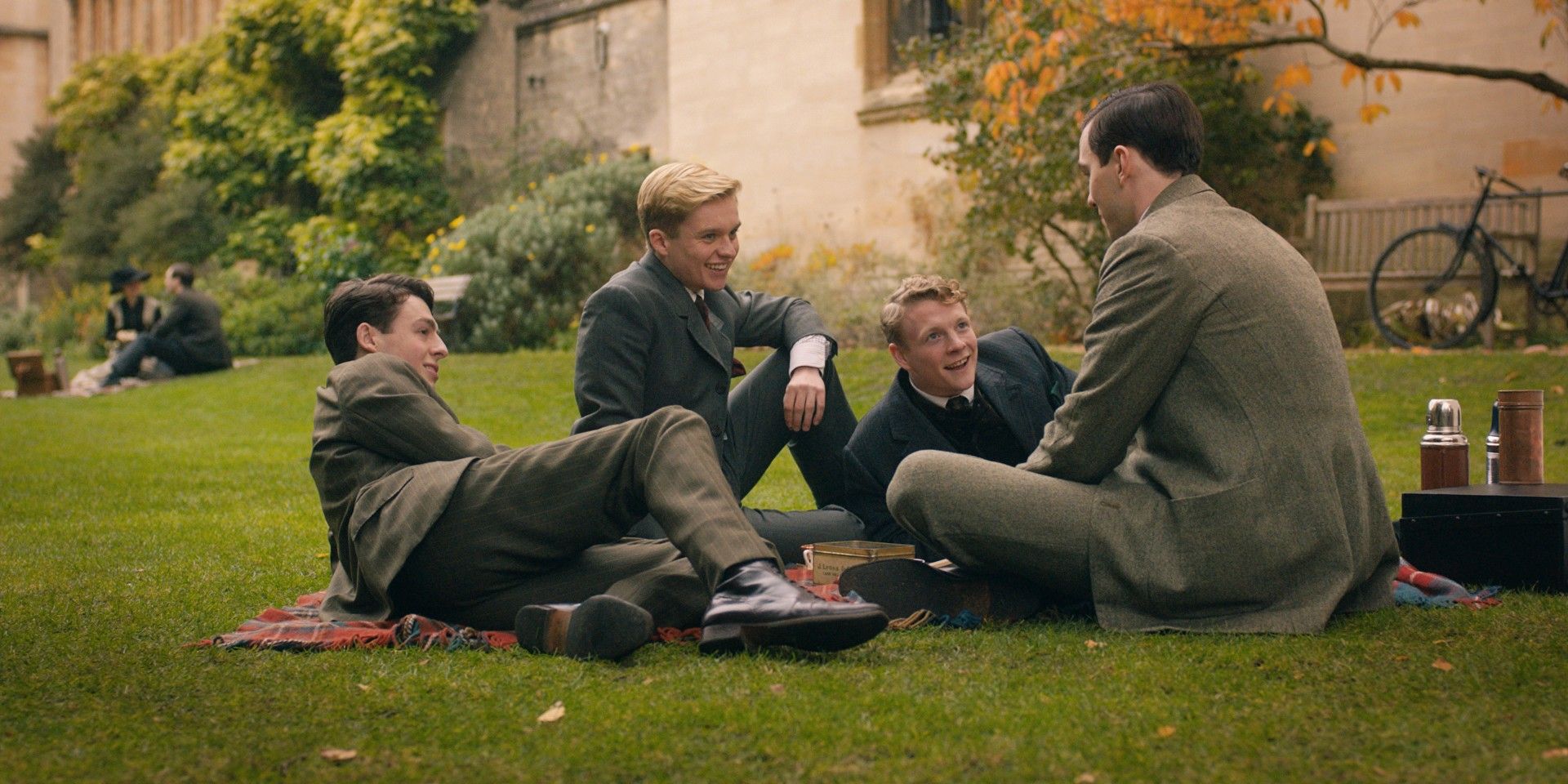
Tolkien tells the story of the T.C.B.S., or the “Tea Club, Barrovian Society,” a group Tolkien was part of. It’s largely accurate in its representation of the T.C.B.S., whose core members were Tolkien, Geoffrey Bache Smith, Christopher Wiseman, and Robert Gibson (however, there were more members both at the time and subsequently). These four continued to stay in contact until 1916, when the First World War tragically intruded. Tolkien and Christopher were the only survivors of the Great War, with Geoffrey dying in the Battle of the Somme. Heartbreakingly, Smith did indeed pen a final letter to his friend Tolkien in which he wrote:
“My chief consolation is that if I am scuppered tonight there will still be left a member [the T.C.B.S.] to voice what I dreamed and what we all agreed upon. For the death of one of its members cannot, I am determined, dissolve [the group]. Death can make us loathsome and helpless as individuals, but it cannot put an end to the immortal four! May God bless you my dear John Ronald and may you say things I have tried to say long after I am not there to say them if such be my lot.”
As in the film, Tolkien encouraged Geoffrey’s reluctant mother to publish her son’s poetry, and he even wrote the foreword.
The Battle of the Somme Did Impact Tolkien (But He Wasn’t Near Death)
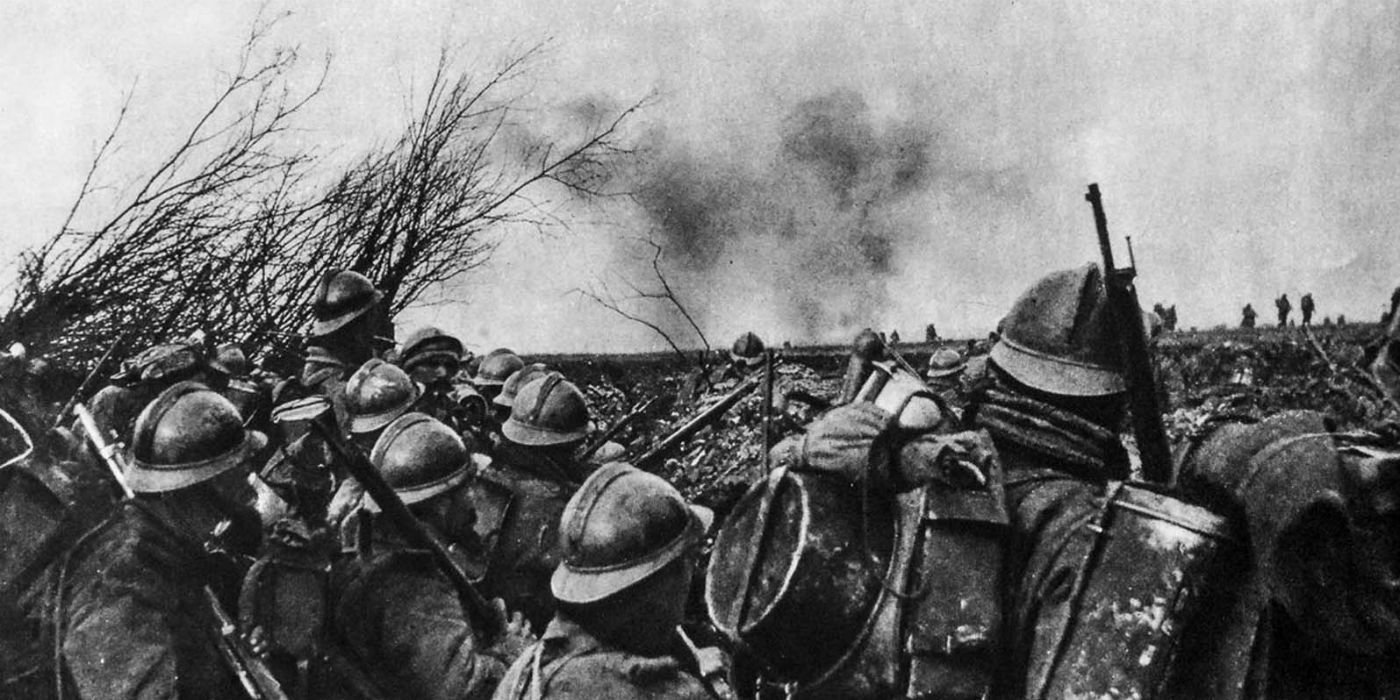
More poets and writers were present at the Battle of the Somme than at any other conflict in history; in large part that’s because the atrocity of it was seared into the minds of the soldiers and the officers, and they could only interpret its horrors through their imaginations. Tolkien stresses this, showing J.R.R. Tolkien translating flamethrowers as dragons, and imagining – or perhaps partly hallucinating – monstrous forces over the battlefield. The film accurately presents Tolkien suffering as a result of the filthy and wretched conditions, coming down with Trench fever and Trench foot, barely surviving. While recovering at the hospital, Tolkien jotted down notes on his experience, and many of them were incorporated into the War of the Ring and the epic Fall of Gondolin.
However, there are some differences. Every officer was assigned a batman, an everyday soldier whose job was to serve with them. Tolkien tells what appears to be an entirely fictional narrative in which J.R.R. Tolkien’s batman Sam struggles to keep him alive. In truth, this event doesn’t seem to have happened; still, Tolkien was indeed impressed by the everyday heroism of these loyal batmen, and in private correspondence he confessed that these soldiers were the inspiration for Sam Gamgee. Carpenter’s Biography quotes Tolkien as confessing, “My ‘Sam Gamgee’ is indeed a reflexion of the English soldier, of the privates and batmen I knew in the 1914 war, and recognized as so far superior to myself.“
Tolkien Changes How The Hobbit Was Conceived
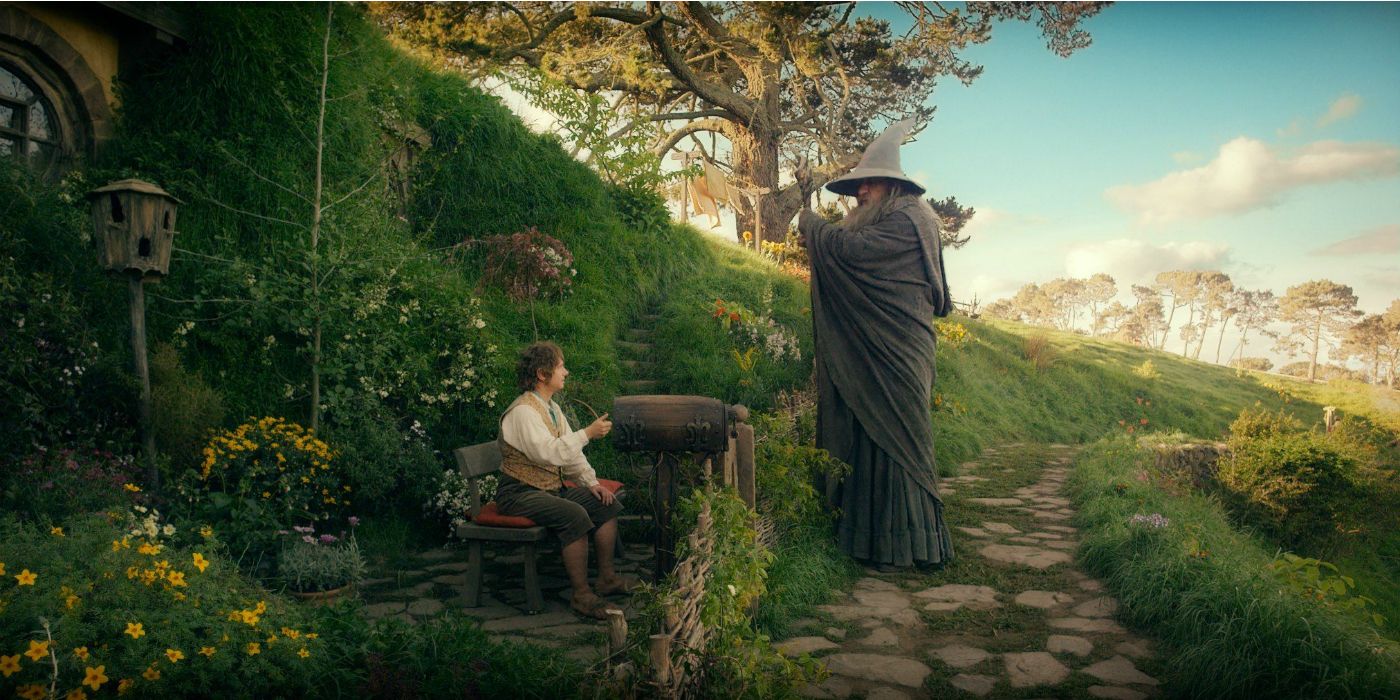
Tolkien left the Army in 1920, and began a prestigious academic career that ultimately took him and his family to Oxford. He became well-known for a series of inspiring lectures on the Old English epic poem Beowulf, and tended to start his lectures in dramatic fashion, silently coming into the room before fixing his students with a piercing gaze and loudly declaiming the poem in the original language. Most students swiftly assumed the word “hwæt,” which opens the poem, should really be translated as “quiet.” W.H. Auden was one of Tolkien’s students, and remembered it having a dramatic impact; “The voice was the voice of Gandalf,” he reflected years later. The film modifies this idea a little, showing a drunken Tolkien making similar declamations while a student himself.
Tolkien‘s ending shows the moment in which J.R.R. Tolkien began to write his first fantasy novel, The Hobbit, but in truth it mangles the scene a little. According to Tolkien himself, the story began in a rather more whimsical fashion. He was marking exam papers at the time, and came to one page that had been left blank, the student evidently having been stumped by a difficult question. Amused, Tolkien decided to fill the space himself, and jotted down: “In a hole in the ground, there lived a hobbit.” He sat back in his chair and read the line, suddenly struck by it, and later joked he almost gave the student a mark for the blank page out of thanks.
What Happened After The End Of Tolkien
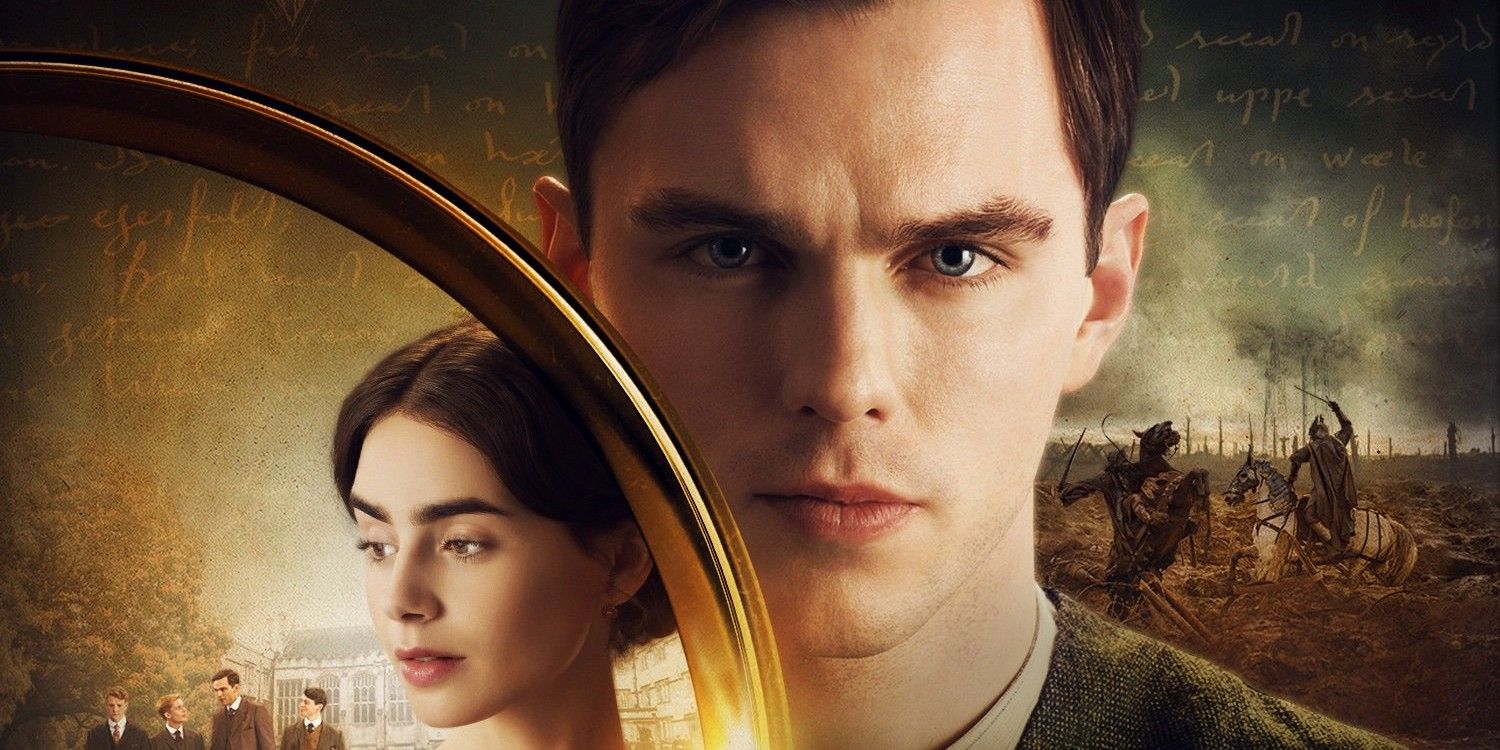
J.R.R. Tolkien formed a new Fellowship at Oxford, the Inklings, whose numbers included his dear friend C.S. Lewis. The Inklings made their mark on history, encouraging their members to read and complete their latest works; Tolkien’s The Lord of the Rings, Lewis’ Out of the Silent Planet and Charles Williams’ All Hallows Eve were all written with the encouragement of the Inklings. Tolkien himself was always rather bemused at the fame and adulation he received for his fictions, somewhat uncomfortable with the role they played in shaping popular culture. He and Edith moved to Bournemouth, where Tolkien missed his fellow Inklings’ company, but where Edith reveled in becoming a hostess. In his biography, Humphrey Carter reflected that this act of sacrifice was probably JRR Tolkien’s greatest demonstration of his love for his wife.
“Those friends who knew Ronald and Edith Tolkien over the years never doubted that there was deep affection between them. It was visible in the small things, the almost absurd degree in which each worried about the other’s health, and the care in which they chose and wrapped each other’s birthday presents; and in the large matters, the way in which Ronald willingly abandoned such a large part of his life in retirement to give Edith the last years in Bournemouth that he felt she deserved, and the degree in which she showed pride in his fame as an author. A principal source of happiness to them was their shared love of their family. This bound them together until the end of their lives, and it was perhaps the strongest force in the marriage. They delighted to discuss and mull over every detail of the lives of their children, and later their grandchildren.”
Edith passed away in November 1971, and JRR Tolkien joined her just 21 months later. They were buried in the same grave.
Key Release Dates
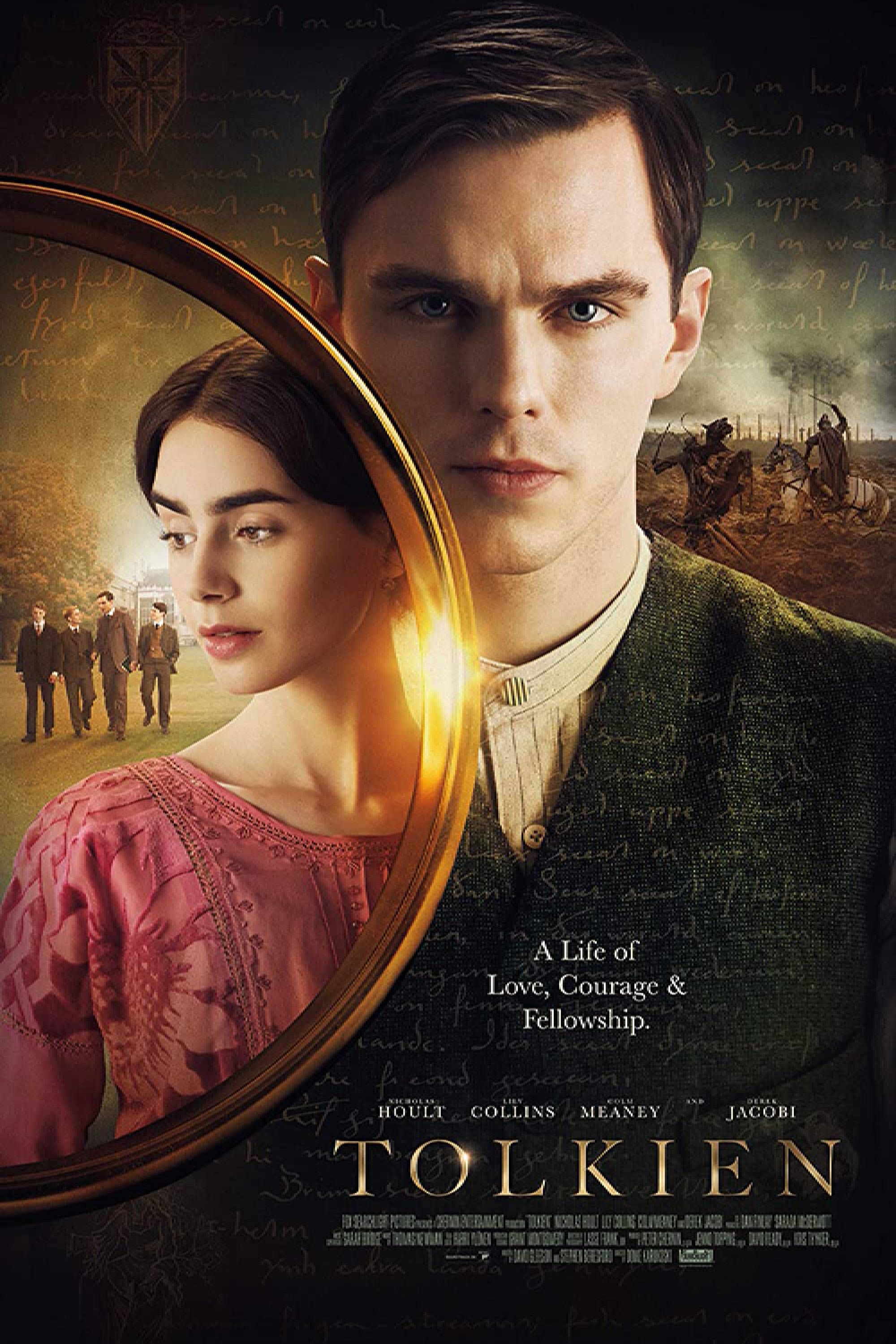
Tolkien
Release Date:2019-05-03
